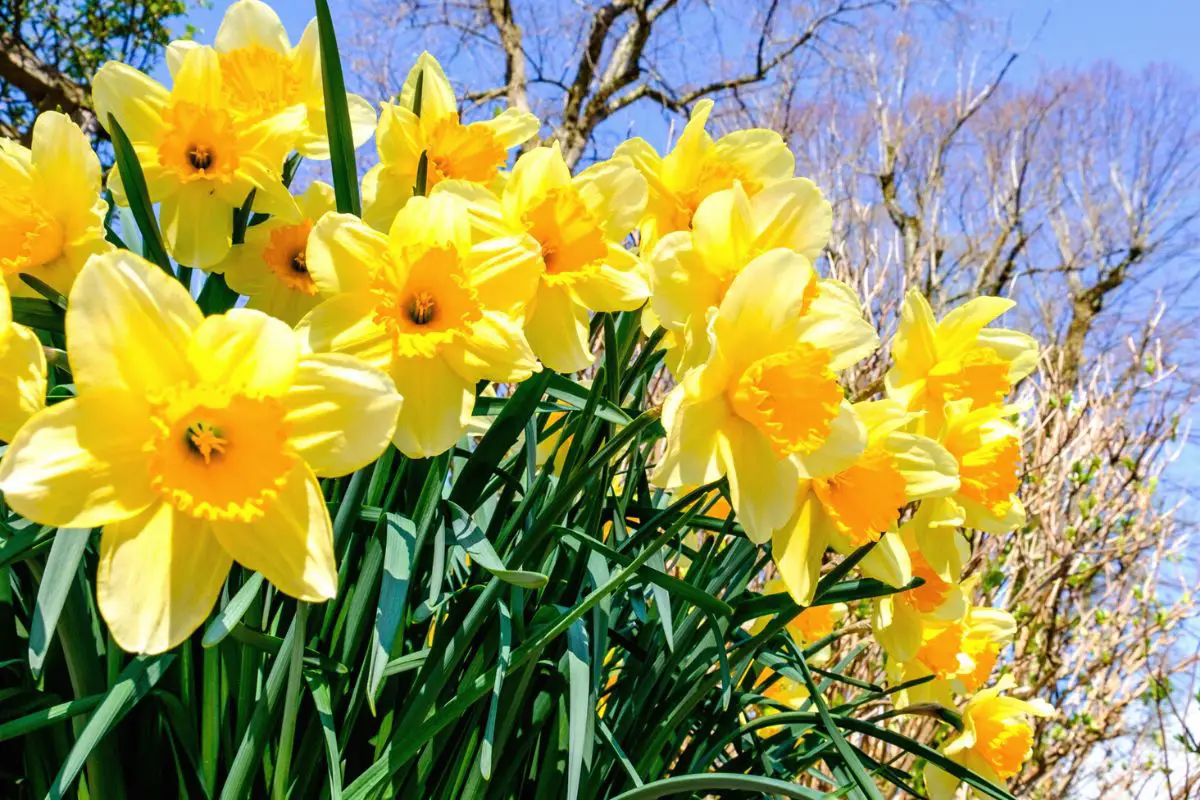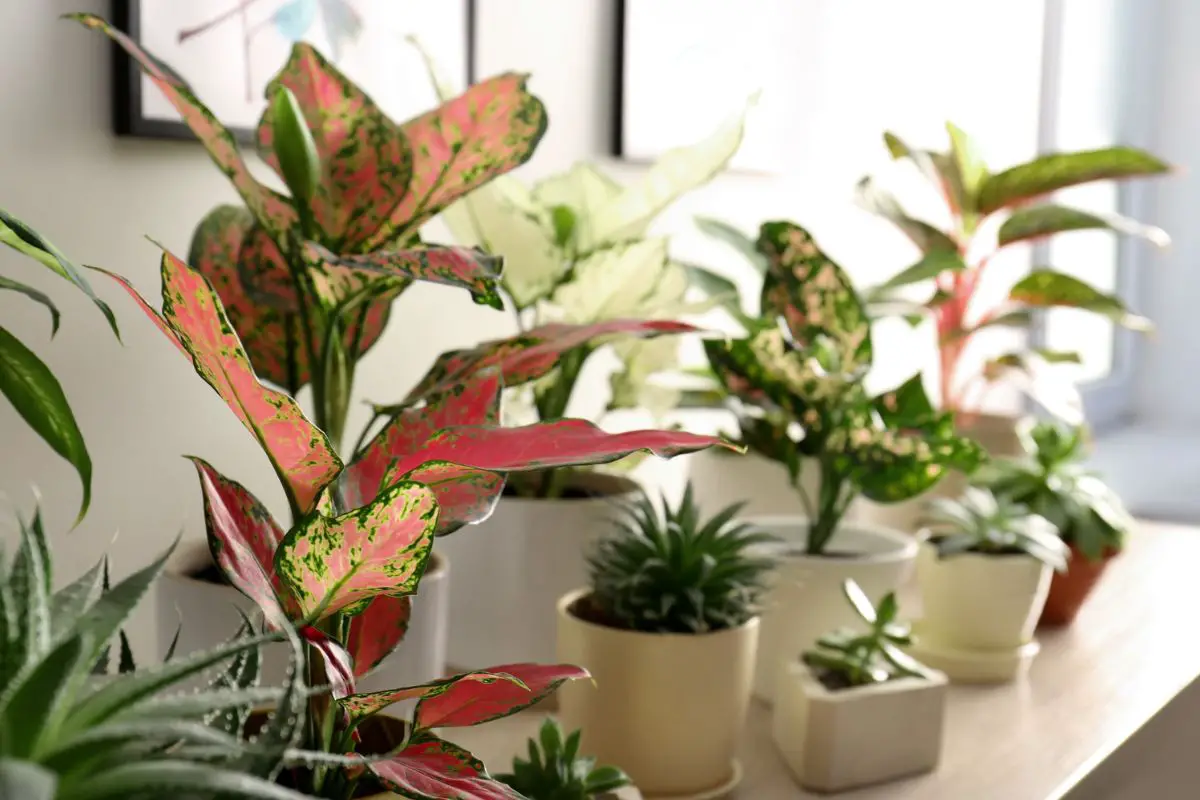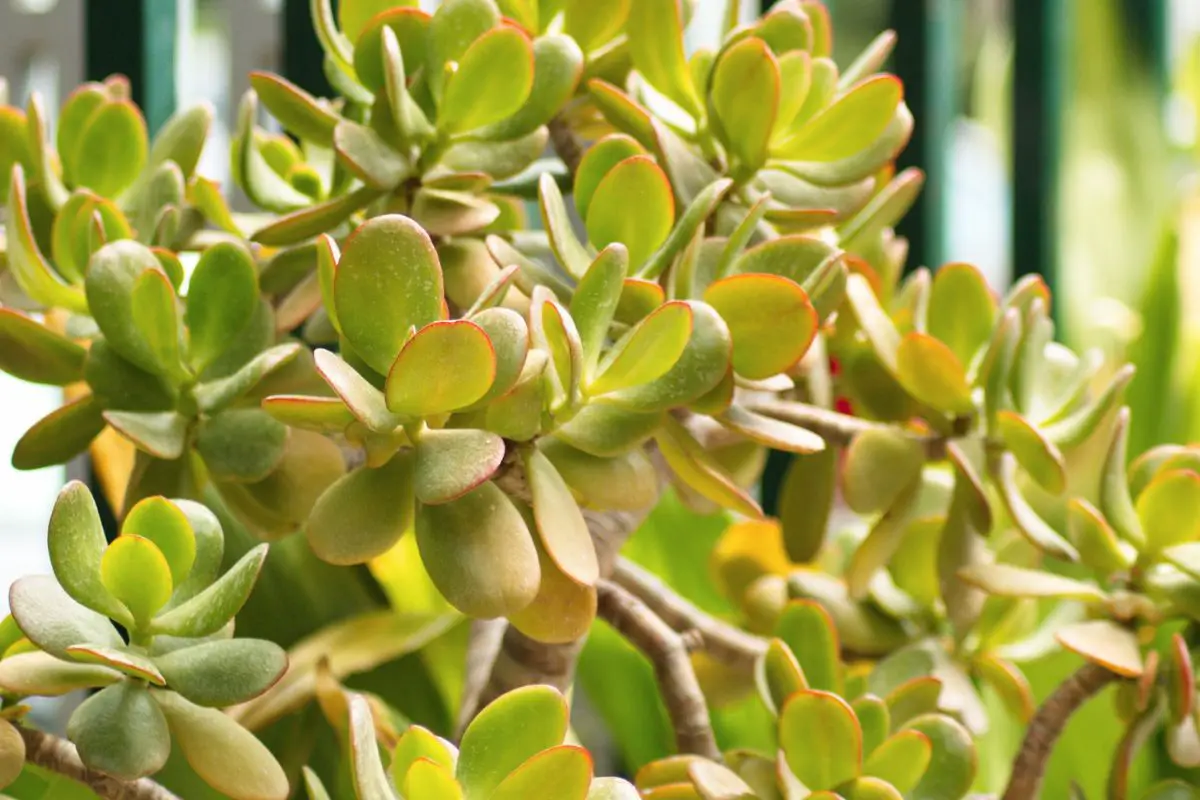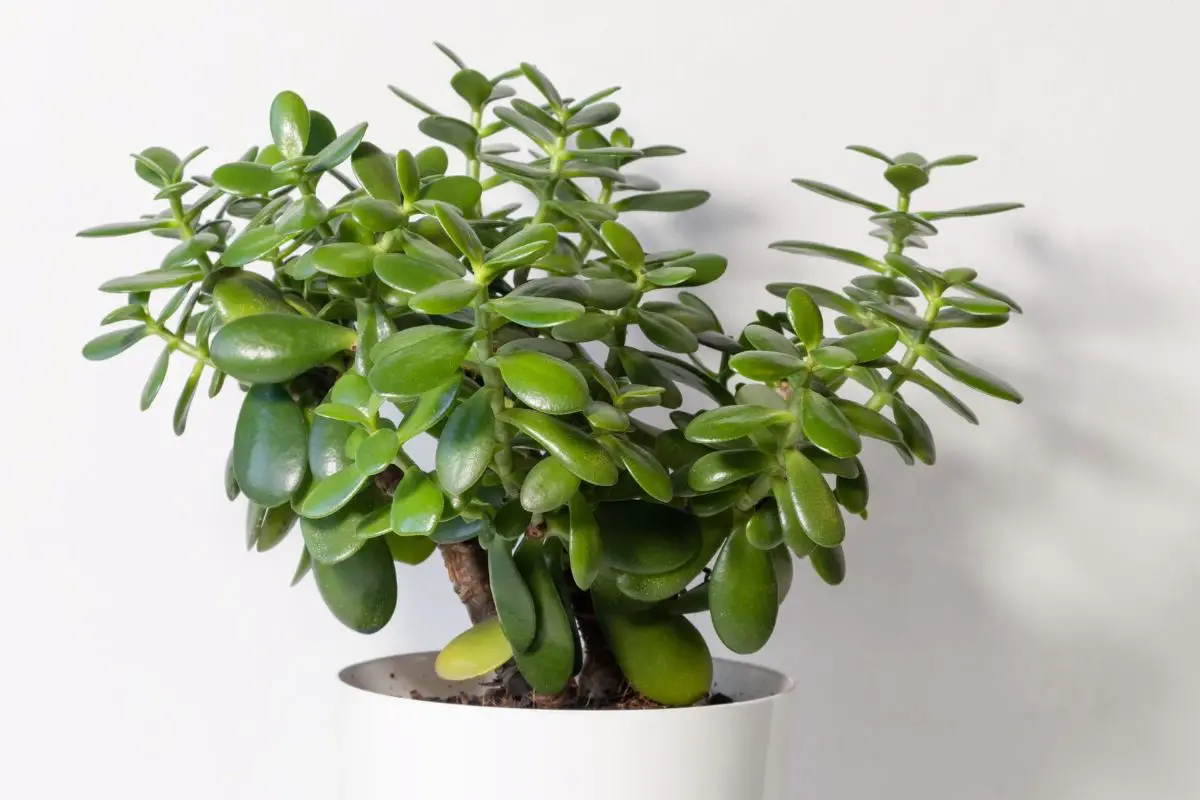Daffodils are beautiful flowers that can add the perfect touch to any garden. However, sometimes, these flowers don’t grow with the attractive and full blooms that you expect to see when you plant them. This condition is also known as daffodil blindness.
Daffodils come up blind due to several factors, including:
- Inadequate planting depth
- Overcrowded planting
- Soil compaction
- Insufficient fertilizer
- Previous blooms pruned too early
- Unnecessary seeding
- Pest-related issues
- Planted too late in the season
Learning more about this problem and the common causes that lead to daffodil blindness can help you achieve more success in your own gardening. This article will give you more information about daffodil blindness and its causes so you have the best chance possible of growing the beautiful blooming flowers that you desire.

What Is Daffodil Blindness?
Daffodil blindness is a term that describes when daffodils grow without the colorful blooms that these flowers are known for. When these flowers stop blooming, gardeners refer to this condition as the flower “going blind.”
There are several reasons why daffodil blindness occurs, but, fortunately, there are ways to prevent it from happening.
8 Common Reasons Behind Daffodils Coming Up Blind
What are the factors that lead to this frustrating issue with your daffodils?
Here are some of the common reasons that your daffodils might be coming up without the full blooms that you’re looking for:
1. Inadequate Planting Depth
Perhaps the most common cause of daffodil blindness is the bulbs being planted in too shallow of a spot in the soil. Daffodils need to be planted deep enough to grow properly and develop the characteristic blooms that every gardener wishes to achieve when planting this well-known flower.
A good rule of thumb to follow is to plant bulbs at a depth at least two to three times the height of the bulb from the base to where the leaves will emerge from.
If you have sandy, free-draining, or otherwise poor-quality soil, you may benefit from planting the bulbs even deeper than you would in good-quality soil.
2. Overcrowded Planting
When flowers are planted too closely together, they compete for resources and sap nutrients from other flowers around them. This can lead to malnourished bulbs that won’t produce the full and healthy blooms that you want to see in your garden.
Make sure to leave adequate space when planting your bulbs to avoid this issue. If you planted the bulbs too closely together already, the issue can still be alleviated.
Wait until the bulbs sprout and the leaves begin to turn yellow. At this point, you can carefully remove the bulbs from the ground and transfer them somewhere else to give them enough space.

3. Soil Compaction
As well as giving flowers enough space and soil depth to thrive, the soil that your daffodil bulbs are planted in also needs to be right to encourage growth as the flowers start emerging.
Compacted soil, or soil that’s overly dense like clay soil, can stop roots from easily permeating through it, preventing plants like daffodils from gathering the nutrients they need to grow strong.
Overworking the soil you’re using for your garden or working the soil while it’s very wet are two common causes that lead to compacted soil. Understanding this fundamental gardening principle will help your daffodils and every other plant that you intend to grow.
4. Insufficient Fertilizer
Providing adequate nutrition for your plants is essential to end up with plants that are healthy and strong. In addition to providing nutrients to help new bulbs thrive in their first season, you should also provide food after your daffodils bloom to help them build up energy to bloom fully again the following season.
It’s best to look for quality plant food that’s made from organic ingredients. This plant food will ensure your plants get the support they need and that you don’t introduce anything harmful into the soil you’re planting in.
5. Previous Blooms Pruned Too Early
After daffodils bloom for a few weeks, those blooms begin to fade and wilt over time. You may naturally feel compelled to prune away these dead or dying blooms as they detract from the life and vigor that your garden displays.
However, removing these fading blooms too early can have a negative impact on the flowers’ ability to produce more blooms in subsequent seasons.
Give the blooms adequate time to gather energy before pruning them away. You’ll know that the leaves are done photosynthesizing and producing more energy once the foliage begins to wilt slightly and turn a yellowish color. At this point, it’s safe to prune away any old blooms and leaves and wait for next season’s blooms to come in.
6. Unnecessary Seeding
Plants follow a natural life cycle just as any other living creature does. The goal of this life cycle is to reproduce and create more of that type of plant.
While this makes perfect sense in the wild, flowers going to seed in your garden use up unnecessary energy. This may lead to them having insufficient energy to form the beautiful blooms that you’re looking for.
Prevent your daffodils from going to seed by nipping off the flower after it begins to droop so it doesn’t have time to begin forming seed pods. As I covered before, you don’t want to trim your daffodils too soon and prevent them from gathering energy for the next season. However, not trimming them at all will cause the flowers to waste energy forming seed pods.
Of course, if you want to grow more daffodils in your garden, letting a few flowers go to seed so you can harvest the seed pods is a great opportunity.
7. Pest-Related Issues
While creatures like hummingbirds or bees are necessary for a healthy garden because they act as pollinators, gardeners know all too well that other creatures can have a negative impact on your plants. Certain pests can harm your daffodils and cause them to come up blind.
One such pest is the narcissus bulb fly, which can attach to the base of the bulb of your daffodils and eat developing flower buds before they can emerge. Daffodil eelworms feed through a similar behavior and can also cause your daffodils to come up blind.
If you notice the presence of these pests, dig up all the bulbs that are affected and dispose of them. Doing this in a timely manner can prevent the infestation from spreading to other bulbs and damaging more of your flowers.
8. Planted Too Late in the Season
When you plant your daffodils is another factor that plays a big part in their success or failure. Planting too late in the season won’t give the plants the “chill time” they need to get ready to bloom once spring rolls around. This can lead to daffodil blindness and disappointing growth.
Ideally, you want to plant your daffodil bulbs by late September at the latest. This will allow you to see the beautiful yellow flowers that these plants are known for once early spring comes around.
Final Thoughts
Daffodils come up blind for many reasons. However, planting in the right place and at the right time in the season, knowing when to trim old bulbs and leaves, and learning how to identify potential pest issues will help you grow daffodils perfectly and prevent daffodil blindness.
You’ll also want to be aware of daffodils’ seeding cycles as well as how to provide them with the nutrients that they need. With all of this in mind, you’ll be well on your way to defeating daffodil blindness and enjoying beautiful blooms every season.






